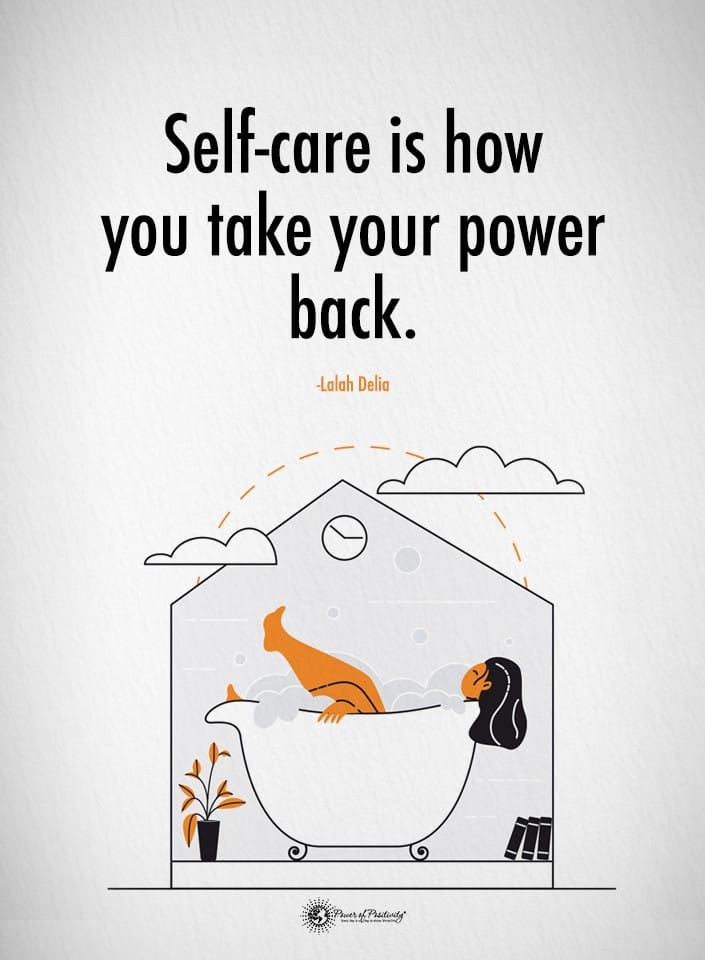If you have arthritis, you’ve already experienced the pain that accompanies it. It causes stiffness and pain, especially when you wake up in the morning. Luckily, many back and neck stretches can help reduce the pain and allow you to feel better every day.
Many types of arthritis affect your neck and back, including rheumatoid arthritis ankylosing spondylitis, psoriatic arthritis, and osteoarthritis. If you wake up feeling sore and stiff, implementing a morning stretching routine can help. It promotes mobility and eases pain as you begin your day.
Without back and neck stretches, you won’t move as well, and the pain can become debilitating. It leads to decreased functioning and an inability to get through your regular daily activities. Staying active is essential and the best way to live a fulfilling life with less pain.
You’ll want to take it slow and ease into the back and neck stretches. Be gentle, and don’t push yourself past a comfortable position. If any movements hurt, skip it and try another one until your body is ready. Also, be sure to check with your doctor before starting any exercise routine.
Why Arthritis Causes Back and Neck Pain
Your joints have a lot of impact over the years, and the wear and tear can wreak havoc. Arthritis can affect your knees, hands, wrists, and feet but also causes back and neck pain. It breaks down the vertebrae in your neck, causing more than 85% of people over sixty to suffer from arthritis in that area.
While you might want to keep your neck and back still when they hurt, it will only worsen your symptoms. You’ll experience more stiffness and potentially the loss of movement. Back and neck stretches will help improve the situation and strengthen your body.
Tips For Doing Back and Neck Stretches
Before beginning the stretches for relieving arthritis pain, you’ll want to remember a few things. Make sure to move gently as you do each stretch, avoiding sudden movements. If you experience any pain, stop immediately and try something less intense.
Ten Back and Neck Stretches That Help Reduce Arthritis Pain
These stretches help reduce arthritis pain in the back and neck. You can adjust the position until it’s comfortable, but make sure to follow it as much as you can. The more you stretch, the easier it becomes, and you can increase how much you do.
1. Head Tilt
This stretch benefits both sides of your neck, improving pain on either side. You’ll want to start by standing or sitting straight up, making sure not to slouch. Then, tilt your head to the right without lifting either shoulder.
Hold the position for five or ten seconds before returning to the starting position. Repeat the stretch, tilting your head to the left this time. It’s best to do this five times on each side.
2. Half Push-Ups
Half pushups are perfect for relieving your back and neck. You’ll want to start by lying on your front, positioning your forearms flat on the floor. Bend your elbows at your sides as you look down and straighten your neck.
Once you’re in position, slowly push down on your hands, arching your back up. Make sure to keep your hips on the floor and arch until you experience a stretching sensation in your tummy muscles. Hold the stretch for five to ten seconds, and then return to the starting position, aiming to do it ten times.
3. Knees to Chest
You’ll start this stretch by lying on your back with your feet flat on the floor and your knees bent. Use your hands to bring one knee up, gently pulling it towards your chest.
Hold this position for about five seconds before putting your foot back on the floor. Relax briefly, and repeat the stretch with your other knee. Try to do the knees to chest stretch five times on each side.
4. Retraction Neck Stretches
The neck retraction stretches help relieve the pain from frequently tilting your head. This pain typically happens when your head is stuck forward for extended periods, commonly from texting or staring at a smartphone.
Start the neck retraction by pulling your shoulders back to open your chest. Then, pull your head backward, giving yourself a double chin. Make sure you don’t tilt your head forward or backward and keep looking straight ahead.
It stretches your lower neck, back of the head, and base of your skull. You might even feel it in the front of your neck. Hold the position for at least five or ten seconds, then repeat the stretch five times if possible.
5. Neck Retraction with Rotation
You’ll follow the same steps as a regular neck retraction for this stretch but then add another step. Pull your shoulders back, make a double chin, then rotate your head gently to one side. Slowly turn it to the other side, and repeat the movement about 20 times for ten rotations on each side.
You shouldn’t feel any sharp pains while stretching, so stop if it occurs. This stretch allows you to improve your range of motion and keep your joints as healthy as possible.
6. Knee Rolls
Knee rolls are beneficial for your neck and back, quickly reducing pain and promoting strength in those areas. Start by lying on your back with your knees bent, keeping your feet together. Slowly roll your knees to one side while keeping your shoulders flat against the floor.
Hold the position for ten seconds before rolling back to the starting position. Then, roll to the other side, repeating the stretch three times on each side.
7. Deep Lunge
For a deep lunge, kneel on your right knee first. Put your left leg in front of you with your foot flat on the floor. Lift your back knee off the ground and hold the position for five seconds before putting your knee back down.
Lift your knee again, repeating the process three times on the same side. Then, switch legs and do it another three times on the other side. A deep lunge is more beneficial than a regular lunge because it increases the range of motion.
8. Neck Stretches: Drop and Raise
This stretch increases flexibility and movement by working your neck’s front and back. To start, you must stand or sit up straight and slowly lower your head until your chin touches your chest. Hold the position for five to ten seconds before returning to your starting position.
Then, lean your head backward slightly, holding for another five or ten seconds. Repeat the stretch until you’ve done it five times in each direction.
9. Side Bend Rotations
Tilt your head to the left for this back and neck stretch, bringing your ear toward your shoulder. There shouldn’t be any discomfort as you do this, so stop if you feel pinching or stabbing. Go as far as you can, then rotate your head until you’re looking at the ceiling.
While looking at the ceiling, see if you can drop your shoulders down. Then, take a deep breath and try to deepen the stretch as much as you can. Stay in this position for 25 to 30 seconds before slowing returning to the starting position and repeating on the right side.
10. Arching and Hollowing
This stretch requires that you get on your hands and knees to start. Keep your hands under your shoulders and your knees under your hips throughout the stretch. When you’re in position, arch your back upwards and drop your head down.
Hold the position for five seconds before returning to the original position. After five seconds, slowly lift your head, relax your stomach, and stick your bottom out. Hold this new position for five seconds before repeating the entire process five times.
Besides Neck Stretches, Try These Three Tips to Reduce Arthritis Pain
Back and neck stretches are great ways to reduce arthritis pain. However, other techniques help, too. You can do these methods along with your stretching routine.
1. Go For Regular Walks
Walking is a low-impact way to reduce arthritis pain, and it offers cardiovascular benefits. You’ll want to wear comfortable walking shoes to reduce back pain. Walk lightly on your feet, practicing good posture throughout your walk.
2. Try Tai Chi, Which Incorporates Gentle Neck Stretches
Tai chi is similar to yoga, but instead of building strength and flexibility, it focuses more on alleviating pain. It is a form of gentle, continuous stretches that require movement. Tai chi puts less stress on your joints and improves balance better than yoga, too. You can take a Tai chi class or learn it at home, making it easily assessable.
3. Improve Your Posture
No matter what you’re doing, you should ensure good posture. Keep your back straight, shoulders relaxed, and arms at your sides. If your posture is good, you’ll experience reduced joint pain.
Final Thoughts on Back and Neck Stretches That Help Ease Your Arthritis Pain
Arthritis pain can make you feel like you can’t move, causing you to give up on stretching and exercise. However, when you spend too much time resting, it can worsen your condition. It can also cause you to gain weight, putting more pressure on your joints.
These back and neck stretches can help reduce arthritis pain and allow you to live a fulfilling life. When you stretch and feel good, you’ll experience less pain. Develop an exercise and stretching routine to improve your situation right away.















